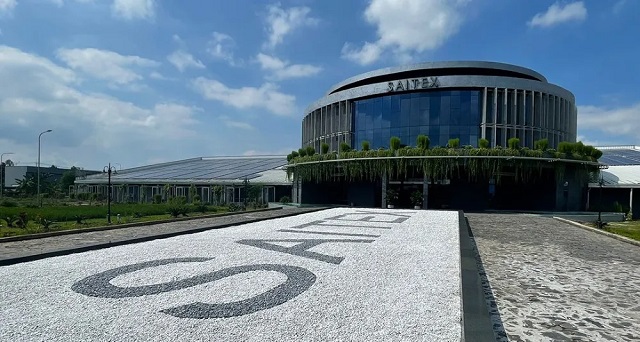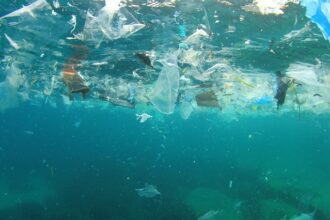Bluesign has released its System Impact Report 2024, reflecting progress made by its network of over 900 system partners, including chemical suppliers, textile manufacturers, brands, and production facilities that have adopted the bluesign® system to drive sustainability across the textile value chain.
In 2024, Bluesign conducted more than 150 on-site assessments at manufacturing sites, offering comprehensive evaluations of environmental performance, benchmarking results, and tailored sustainability roadmaps. The initiative is part of Bluesign’s ongoing requirement for partners to demonstrate continuous improvement in order to retain certification.
For the fifth year in a row, Bluesign partner manufacturers have shown a consistent decrease in the intensity of their environmental impact. From the 2019 baseline, CO2 emissions dropped by 17%, energy consumption by 14%, and freshwater use by 8%. This was made possible through increased use of renewable energy and greater adoption of bluesign® approved chemicals.
“This report is not just about Bluesign – it’s about what’s possible when the industry aligns,” said Daniel Rüfenacht, CEO of Bluesign. “In 2024 alone, our partners achieved intensity reductions in CO2 emissions, energy consumption, and water use by 17%, 14%, and 8% respectively.”
However, the report also highlights an area of concern. Despite the positive trends in emissions and resource efficiency, textile waste has increased. In 2024, textile waste stood at 35.2g per kilogram of textiles—up 20% from the 2019 baseline of 29.4g/kg. Although 2023 saw an even higher figure of 42g/kg, the current level remains elevated compared to earlier years.
As Bluesign and its partners continue to push for more sustainable practices, addressing the issue of textile waste will remain a key priority in the years ahead.











